In this card we see a figure who wields all the suits of the Major Arcana with confidence: in his raised hand he holds a Wand, while on the table (or altar) before him lies a Pentacle, a Cup, and a Sword. They await his will. And herein lies the key to understanding this powerful card: The Magician is intention. He is the focused assertion of the will and the paths that open before us as a result.
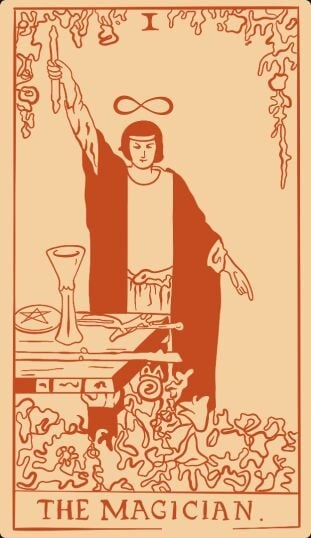
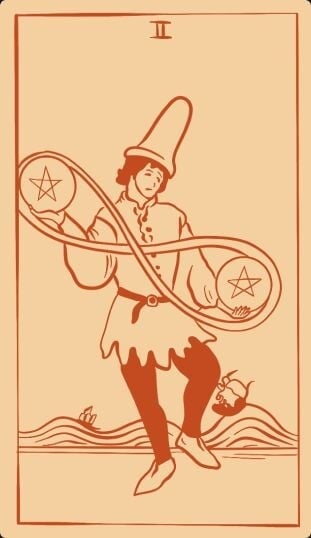
The Two Of Pentacles card serves to reflect the cycle of life. There are often both highs and lows in life and there are always constant energy fluctuations you need to mitigate and make sense of. Life is all about learning to find the balance between the two extremes.
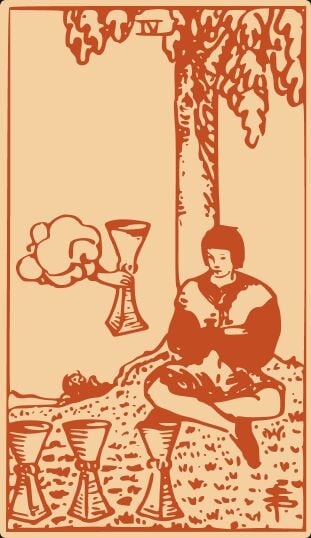
The Four of Cups depicts, in the Rider Waite version of the card, a man sitting with arms crossed, looking fed up and disinterested in life. A hand holding a Cup appears from a cloud - an echo of the suit’s Ace, while three other Cups are lined up in front of the man. Here we see what can happen if Water’s receptivity is not tempered by another element: passivity has turned to apathy.
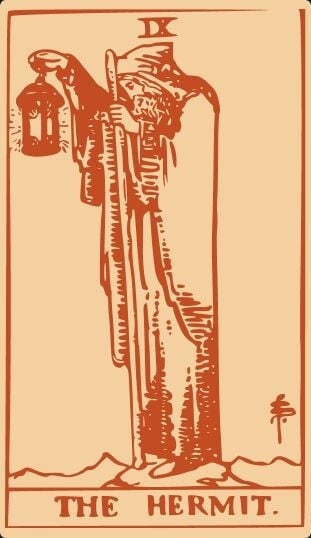
The Hermit stands on a high peak, hooded and alone. The star-shine of his lantern is the only light to guide his passage through the mountain passes. This card represents isolation, but not loneliness; it symbolizes the light that we all carry within us, that can show us the path to take if we can block life’s distracting dazzle for a moment so that we may find it.
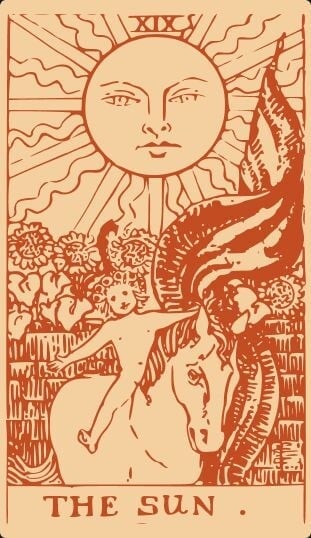
After the shifting and chancy light of the moon comes the beauty of The Sun, blazing down joyfully on the child who rides a horse away from a walled garden. This garden is often interpreted as being that of Eden. Rather than leaving it fearfully and in shame, however, here the child leaves its shelter optimistically, ready for the adventures that his new self-knowledge will grant him. The Sun points to the inherent capacity of simple, everyday life to be deeply infused with wonder and happiness, and the miracles in the minutiae all around us.
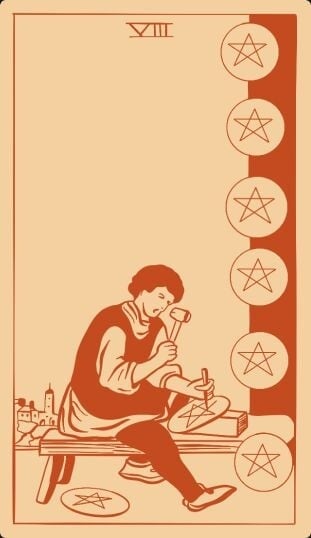
The Eight of Pentacles represents working hard and producing something that is substantial as a result. This card depicts an artist working in stone which symbolizes craftsmanship, employment, and diligence. This indicates how consistent hard work coincides with achievement. It can also represent recognition from others for such skills.
